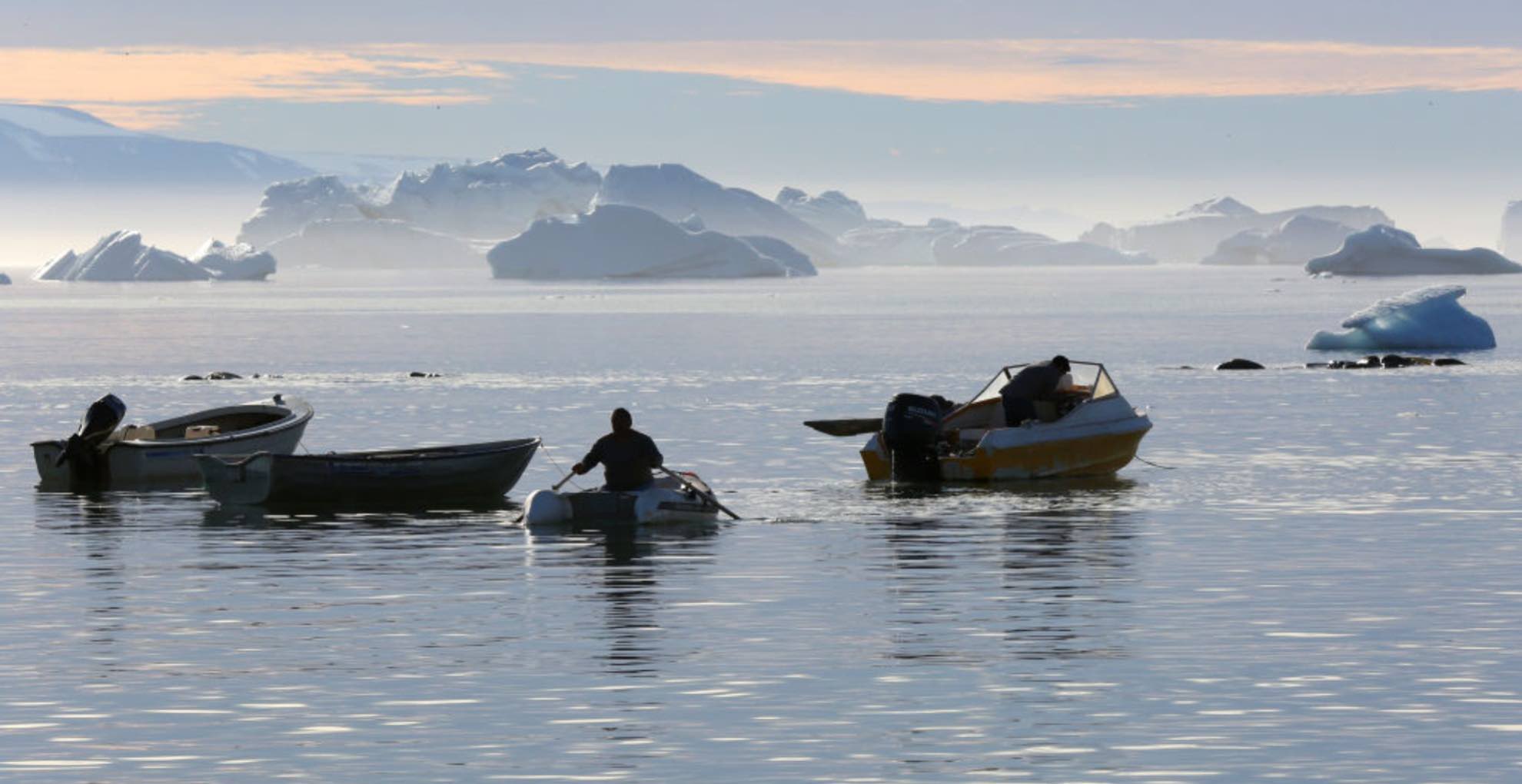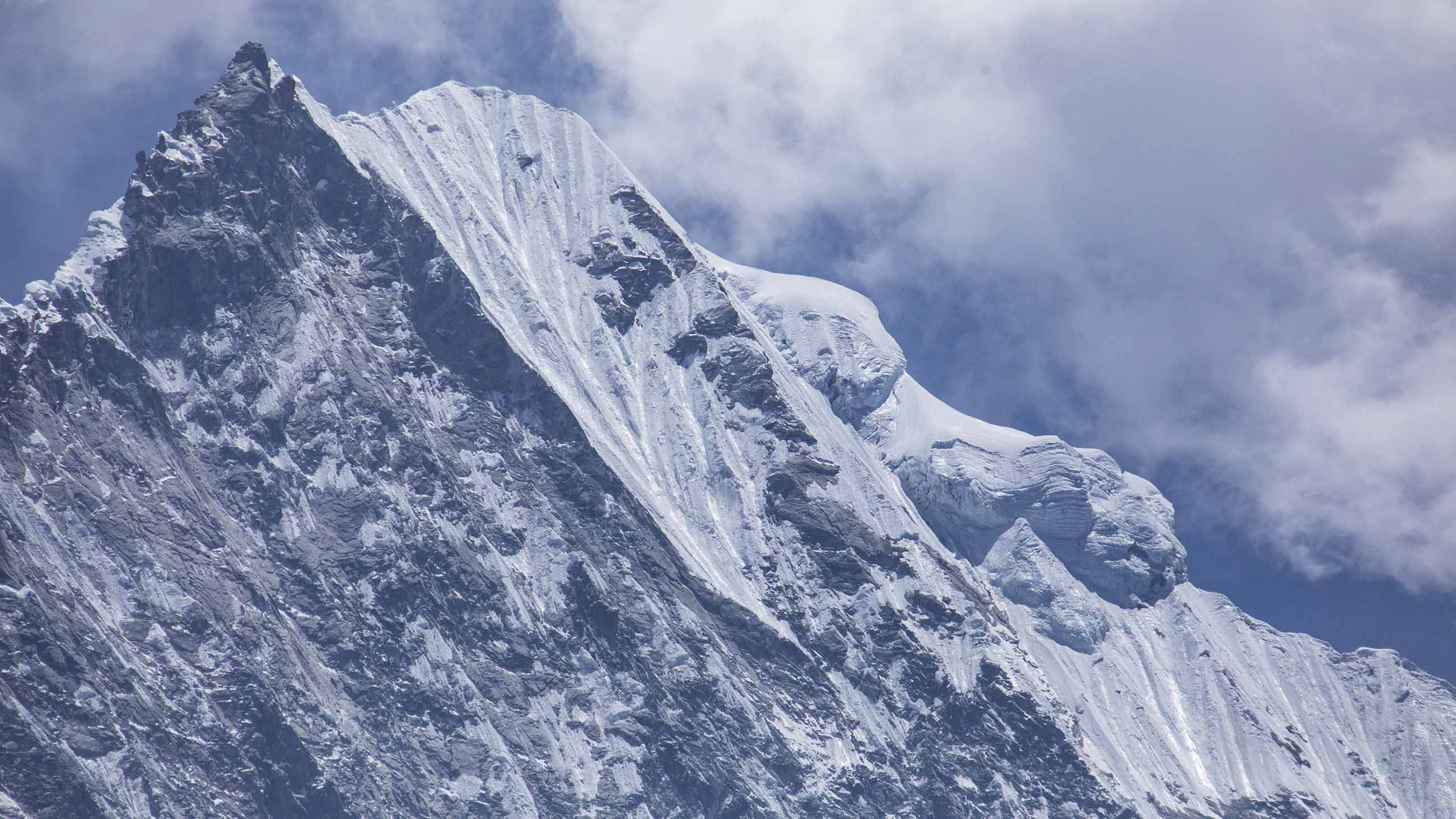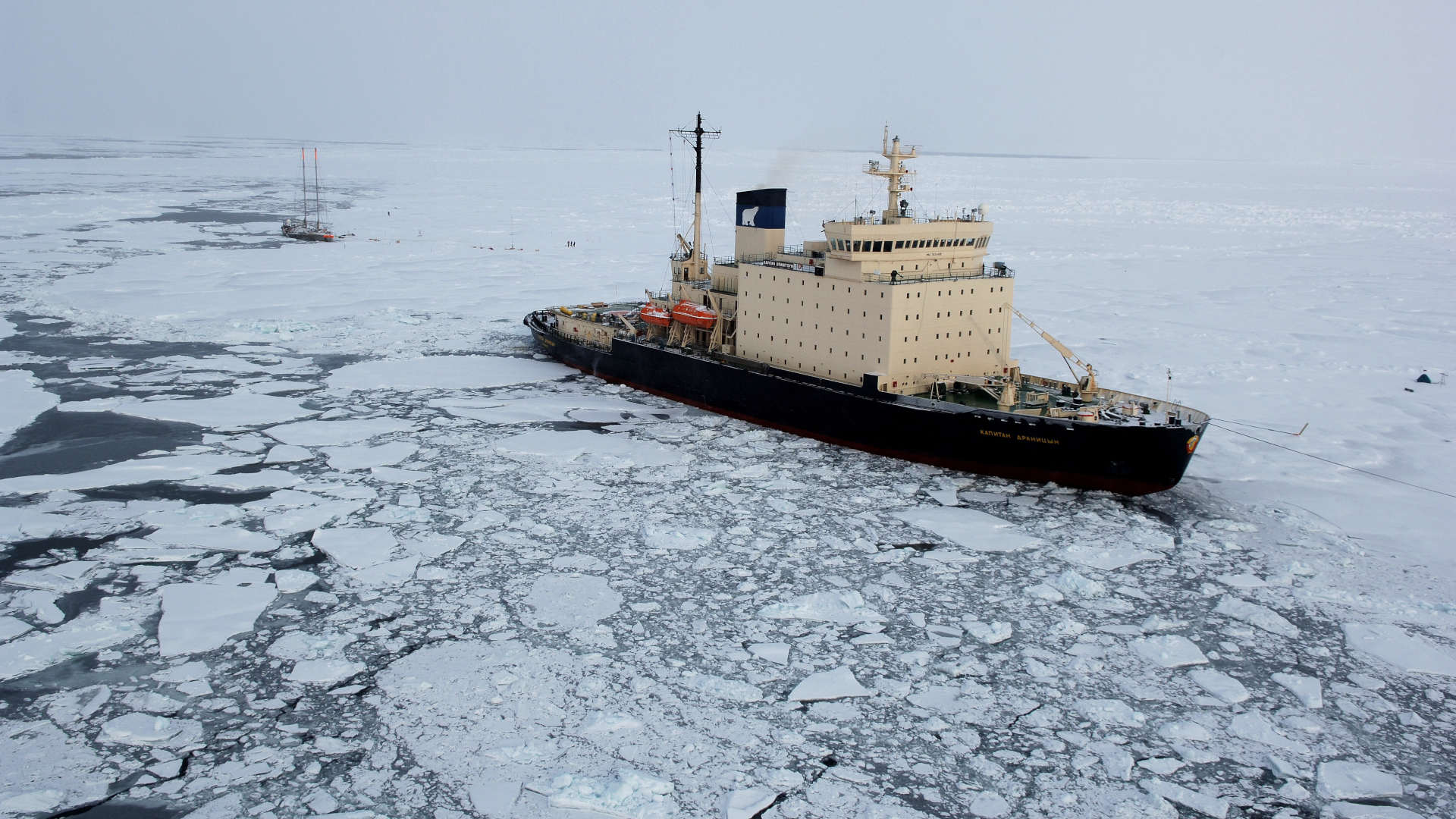Indigenous Knowledge Informs Mercury Research in Arctic
When Lucy Gray thinks about a warming planet, she knows her people — the Inuit from Nunavik in Canada — intuitively understood that their world was changing long before they heard the words “climate change.”
Indigenous people in the Arctic have always been first to experience climate change and the effects of pollution from fossil fuels and other man-made causes, Gray said. Their ancestral knowledge, based on their connection with the environment, has allowed them to identify these climatic changes in great detail.
Despite such understanding, many Western scientists acknowledge that they have struggled for years to work hand in hand with the Indigenous people who live in the places they seek to study and protect, or to acknowledge Indigenous knowledge as a reliable resource, given their bias against information that can’t be measured scientifically.
This article originally appeared on Inside Climate News, a nonprofit, independent news organization that covers climate, energy and the environment. It is republished with permission. Sign up for their newsletter here.
But now, a new paper published in the journal Science of the Total Environment looks at research into endemic mercury poisoning in the Arctic and concludes that there have, in fact, been multiple examples of collaboration in which this work on the toxin would have been “impossible without the involvement of Indigenous Peoples.”
The accumulation of mercury in the Arctic comes from both the atmosphere and “circumpolar” rivers and could increase as climate change continues to alter those rivers and release mercury from warming soils. Mercury, a potent neurotoxin in humans, is a naturally occurring element that becomes concentrated in the environment by industrial processes such as coal combustion and mining. It also accumulates in fish and wildlife at levels up to a million times higher than those found in the environment.
The paper — “Contributions and perspectives of Indigenous Peoples to the study of mercury in the Arctic” — cites more than 40 mercury projects conducted with or by Indigenous People in the U.S., Canada, Greenland, Sweden, Finland and Russia “as well as instances where Indigenous knowledge contributed to the understanding of [mercury] contamination in the Arctic.”
The paper recommends the establishment of collaborative processes between scientists and Indigenous Peoples, citing an “apparent gap of community-based [mercury] studies in many Arctic countries.” It calls for “sustainable funding for community-driven monitoring and research programs.” Those activities, the paper concludes, “should be well connected to circumpolar/international initiatives.”
Magali Houde, one of two principal authors of the paper and a Ph.D. research scientist in aquatic ecotoxicology at Environment and Climate Change Canada, said of publication in a scientific journal: “We didn’t know how the scientific community would take this, because it was different, but it was accepted.”
While the science community still has a long way to go to successfully co-produce knowledge with Indigenous peoples, she said, its publication and inclusion in the 2021 Mercury report of the Arctic Monitoring And Assessment Program gives her hope that mentalities are changing.
The level of involvement of the Indigenous people in each project varies from region to region depending on the country’s jurisdictions, laws and political and economic interests. For example, in Nunavik and other parts of Canada, the programs operate with external scientists, but their research has to respond to the needs and concerns of the community and use Inuit knowledge, the paper found. The United States has less resources and programs to foster these collaborations.
In Greenland, where most of the population consists of Inuit, Indigenous people are not considered to be distinct communities, while in Sweden, Finland and Russia there are still very few programs to support the community-based monitoring of contaminants.
Eva M. Krümmel, the other principal author and a Ph.D. environmental toxicologist affiliated with the Inuit Circumpolar Council in Ottawa, explained that the success of these partnerships requires teamwork between federal agencies, territorial and provincial governments, government departments and Indigenous partners sitting together around the table and making decisions.
Another key factor of success is the sustained funding for scientists, which includes money to pay to the local people they work with, explained Kaare Sikuaq, an Inupiaq in Alaska who didn’t participate in the article. He said that over the years, one key factor that has contributed to successful projects between scientists and the communities is the building of long-term mutually beneficial engagement. But most scientific systems are not built to allow this, Sikuaq said.
In the United States, for example, rarely does a scientist have sufficient funding to carry out research for years. The way to obtain these funds is through grants for specific research, for which scientists need to re-apply constantly.
Even when they request that the scientists approach the communities as a prerequisite for grant approvals, Sikuaq said, the lack of consistency in the funding combined with the cultural inexperience of some of the researchers who are not trained to do community outreach has created over the years a competitive system in which scientists write the proposals from their perspective without the consent of the village.
He also said that it’s not easy to do Arctic research. In the history of the Arctic, some of the most successful examples of collaborations between scientists and the local communities began because the scientists saw the value of their knowledge.
The best way to work together is to really understand the issues happening, and what the community needs. “The scientists who are doing it right are going way beyond whatever funding they’re getting,” he said. The barriers are not the fault of the scientists, he said, but of the system in which they’re embedded.
Another important thing to consider to successfully learn from each other is to see Indigenous knowledge as something different than science but equally important, said Gray, the Inuit activist from Nunavik. She said that there’s a science to Indigenous knowledge because it’s built upon accumulated observations and direct interactions with the environment that generations have passed along over centuries. “It’s not any less [than science] either, so you need that working collaboration,” she said.
By looking at the world only through the scientific method, people lose out, she said. Instead, by working together they’re empowering each other. “We’re living in the real world, and the real world has a lot of layers, and the real world has a lot of things interacting every time, all at once, and sometimes science disregards that,” she said.
According to a NOAA report, climate change “continues to fundamentally alter” the Arctic region. That’s why people like Krümmel are working towards expanding the collaborations between Indigenous peoples and scientists.
According to the United Nations, Indigenous people are 5 percent of the world’s population, but care for 22 percent of the Earth’s surface and help protect approximately 80 percent of its biodiversity.
The hope is that these types of collaborations, Krümmel said, become the new rule to avoid misguided solutions and policies to the issues these regions face. “There are good scientists everywhere basically, and the scientists need to be open to working with Indigenous peoples and the Indigenous peoples need to be also interested to work with the scientists.”
Myriam Vidal Valero is a bilingual journalist from Mexico City. Her work focuses on science, health and the environment, and it has appeared in The New York Times, Science, The Open Notebook, Slate, Medscape, Muy Interesante, Cancer World, ¿Cómo ves?, among others.












